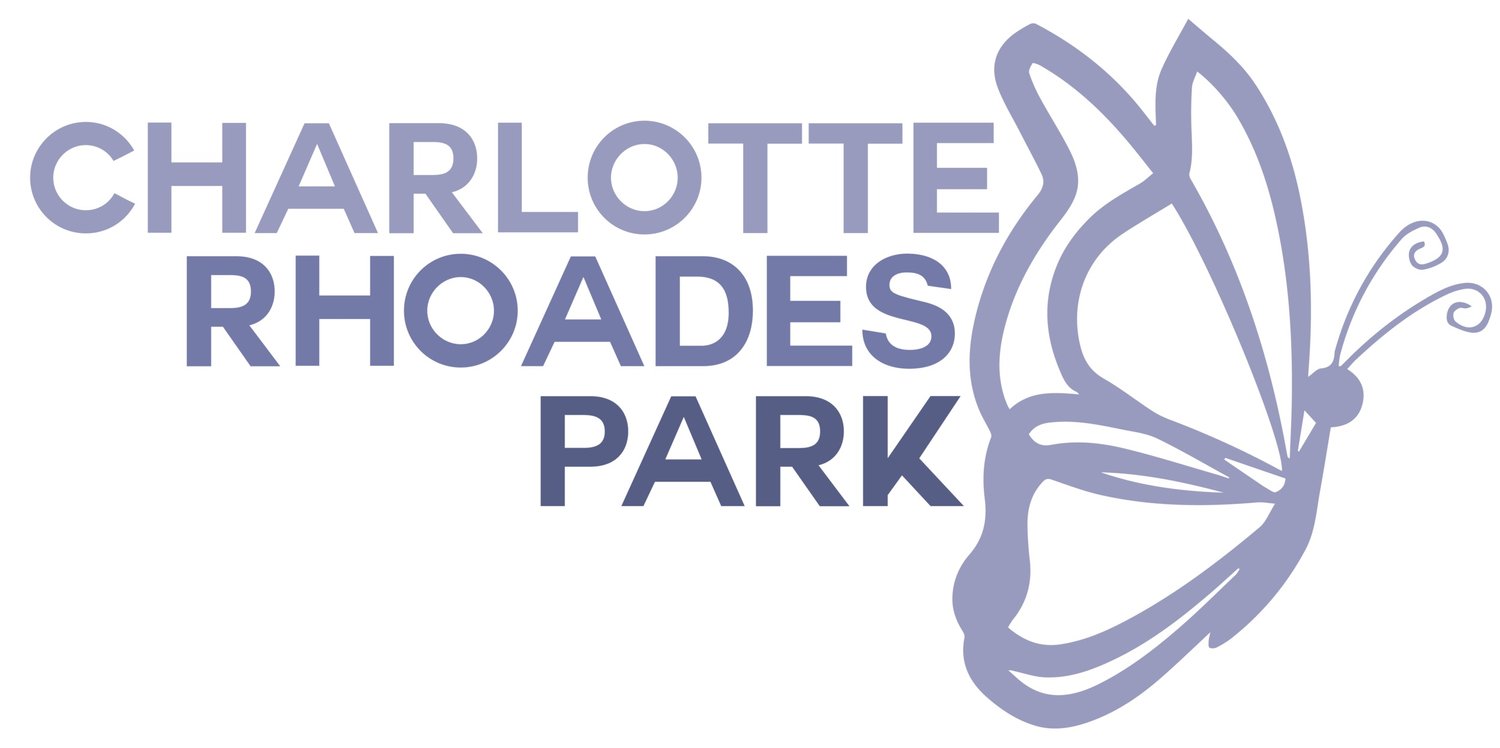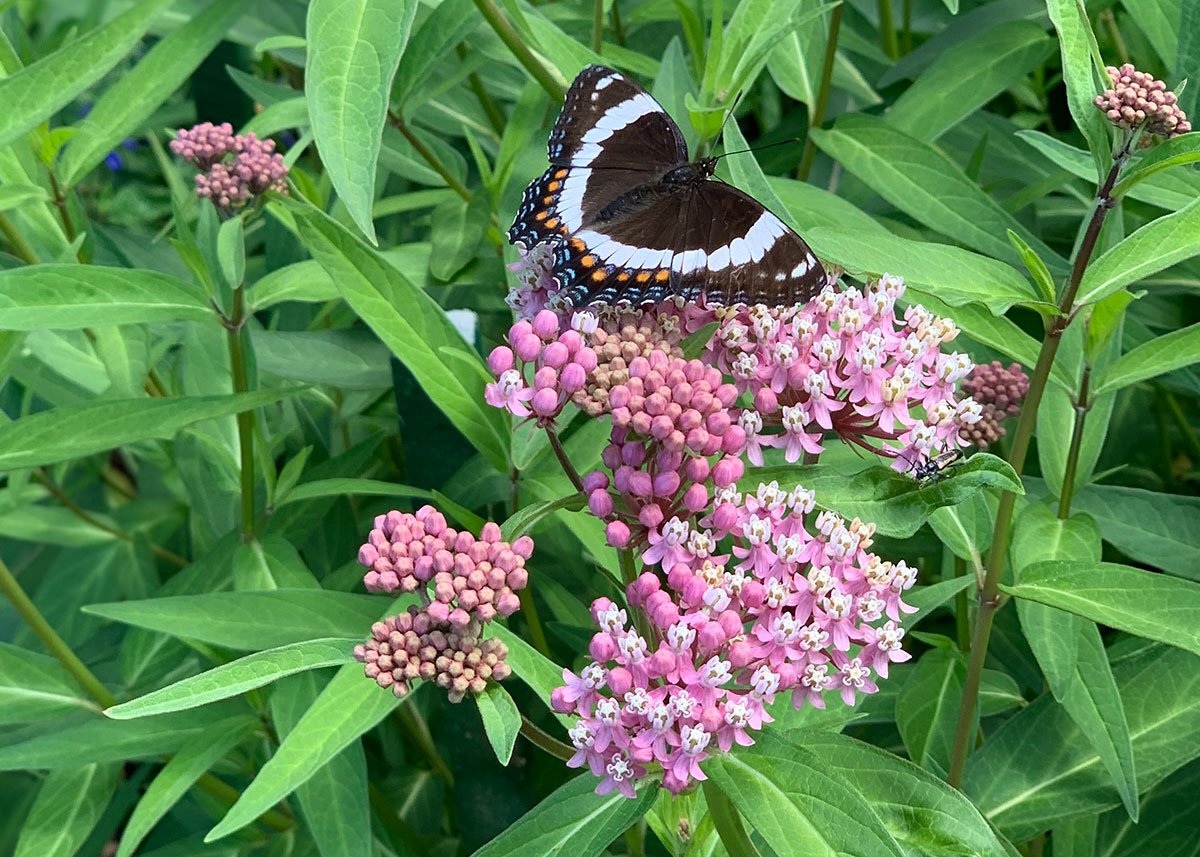Hydrangea arborescens
A popular shrub with enormous white balls of bloom. Plants may die to the ground in harsh winters. Bloom occurs on new wood, so plants may be pruned back close to the ground in late winter to revitalize and to encourage vigorous stem growth and best form. If not pruned back, any weakened and/or damaged stems should be removed in early spring.
Echinacea purpurea 'White Swan'
Showy daisy-like white coneflowers (to 5" diameter) bloom throughout summer atop stiff stems clad with coarse, dark green leaves. Good fresh cut or dried flower. Dead flower stems will remain erect well into the winter, and if flower heads are not removed, the blackened cones may be visited by goldfinches or other birds that feed on the seeds. Deer tolerant.
Digitalis purpurea 'Camelot Mix'
Although Foxglove is considered a biennial plant, blooming in its second year, “Camelot” is planted as an annual because it is one of a few foxglove cultivars that will reliably bloom in its first year. Digitalis is a medicinal plant containing a heart stimulant, but all plant parts are toxic to humans, cattle and horses. Deer and rabbit resistant.
Cosmos bipinnatus 'Sonata Pink' or ‘Sonata White’
The Sonata series of Cosmos are dwarf plants about half the size of the regular species. Each plant has multitudes of blossoms and will keep going strong with continuous deadheading and repeat light applications of fertilizer.
Cosmos bipinnatus 'Double Click'
This tall variety of Cosmos in colors of white and shades of pink blooms best when the day length is 14 hours or less, which means that is a colorful nectaring plant for bees and butterflies into the fall.
Campanula persicifolia ‘Alba’ (white) or ‘Telham Beauty’ (Blue)
Campanula has large white or blue outward facing, broad bell-shaped flowers that bloom in late spring to early summer. If the spent blossoms are deadheaded, it will repeat bloom with a nice display.
Calendula officinalis 'Ivory Princess'
Edible annual or short-lived perennial herb that likes growing in our cool temperate climate. Colorful daisy like yellow, orange, or white blooms continue all summer. It is a pollinator plant that bees and butterflies love, but it is not a true marigold (tagetes).
Asclepias incarnata ‘Cinderella’, ‘Soulmate’, ‘Ice Ballet’
The leaves, blossoms and seed pods are larval food for the Monarch caterpillar. Many butterfly species nectar on the blooms of this native plant. Latex produced by the plant contains glycosides making the plant toxic to animals.
Anthirrhinum majus
Snaps are short-lived tender perennials but grown as an annual in Maine. They are happy in a well-drained sunny planting bed that is not too hot. Deer tend to avoid this plant.
Ammi majus
This plant is a hardy annual with large domed umbels that is virtually pest and disease free. Because the sap can cause skin irritation, gardeners should wear gloves when handling Queen Anne’s Lace. Wash the skin area that is exposed to the sap, using soap and water.
Achillea ptarmica 'Double Diamond'
This deer Tolerant, drought tolerant, low maintenance yarrow can be planted in dry rocky soil. Showy for good cut and dried flowers. For best results divide every 2-3 years. Can tolerate some shade.











